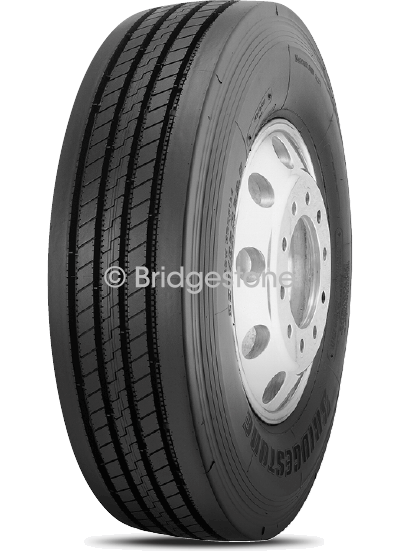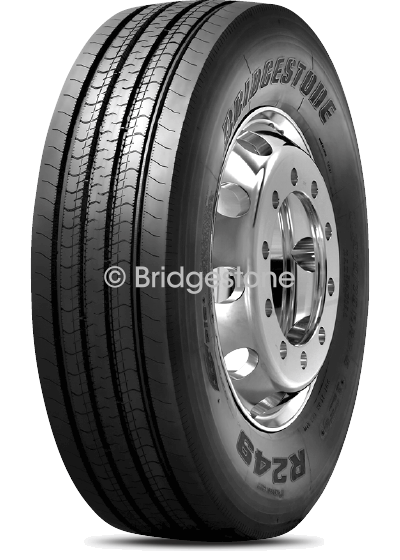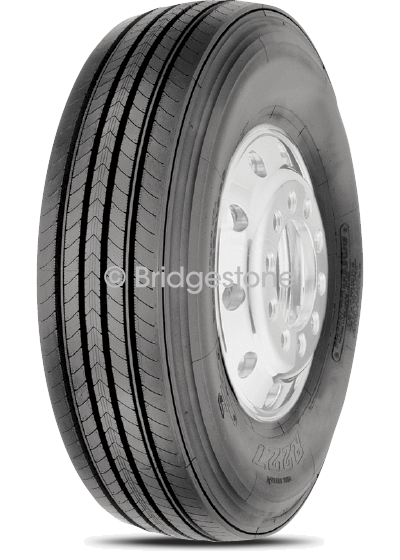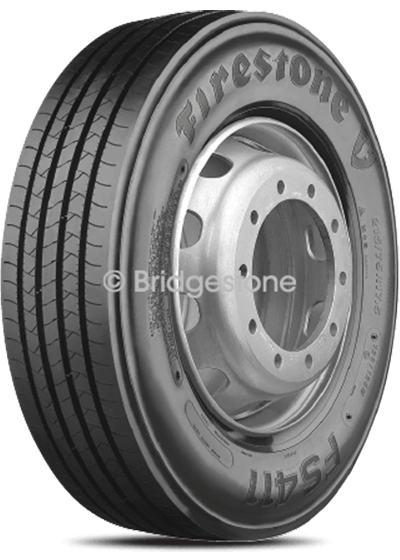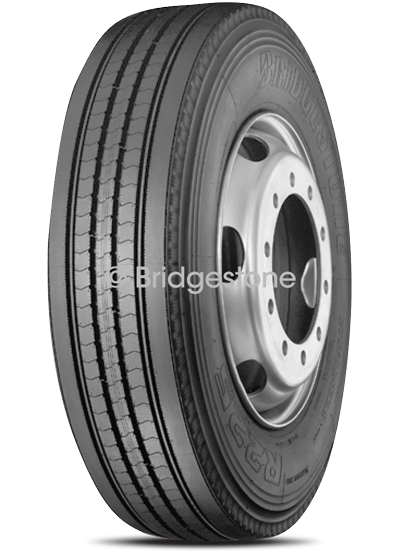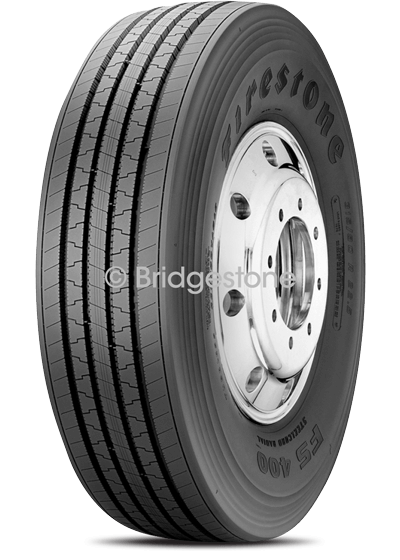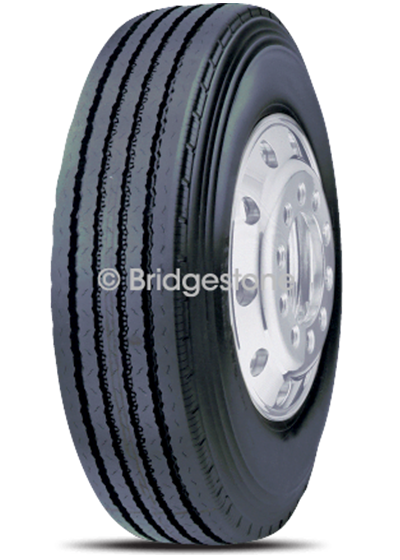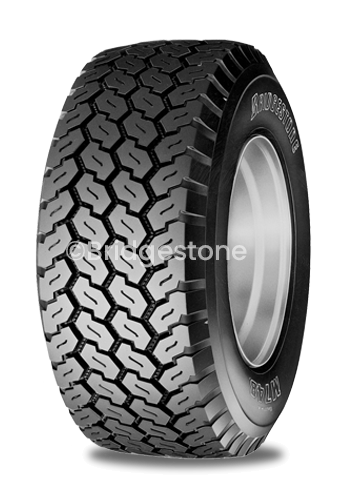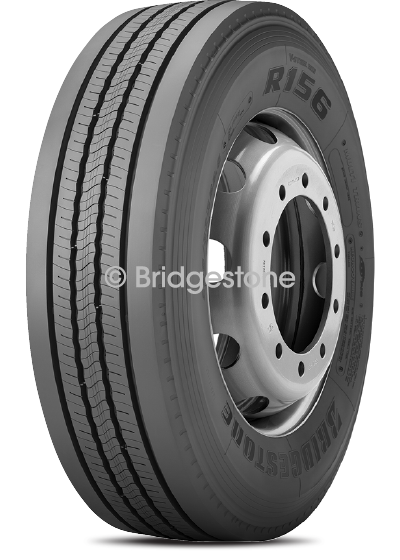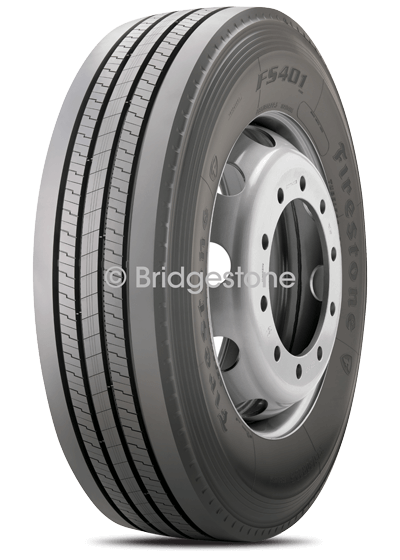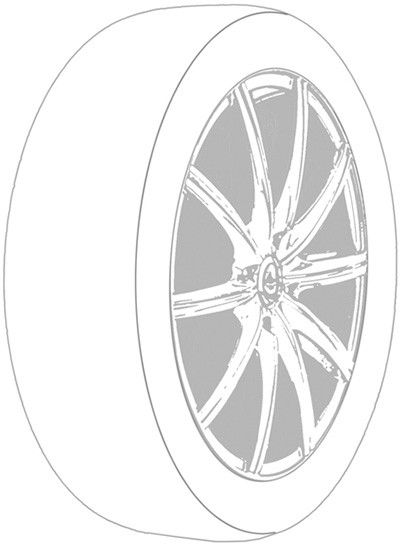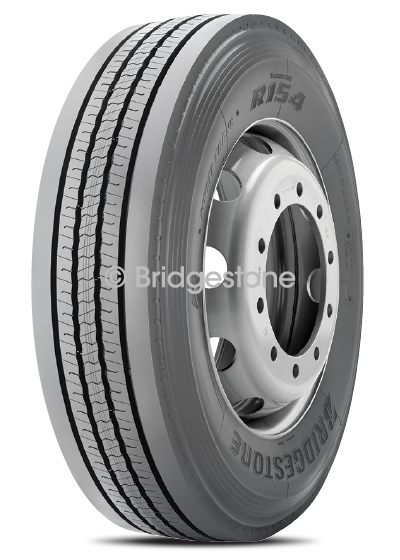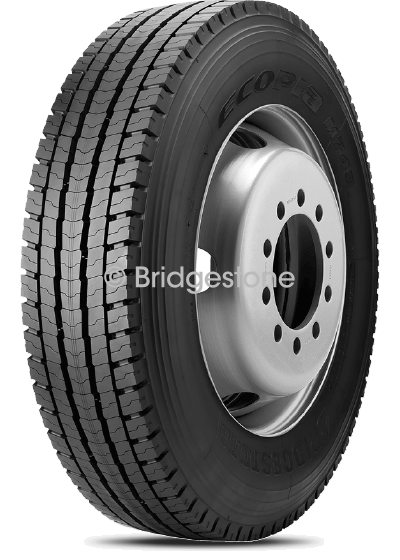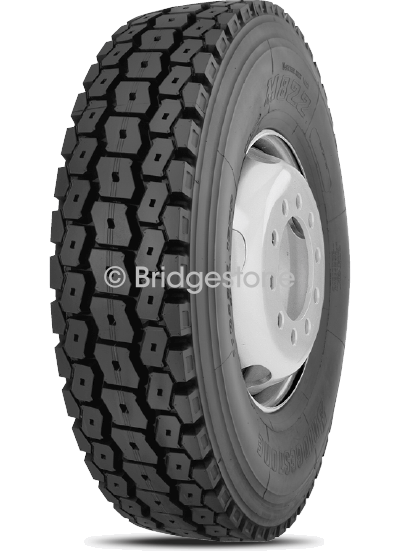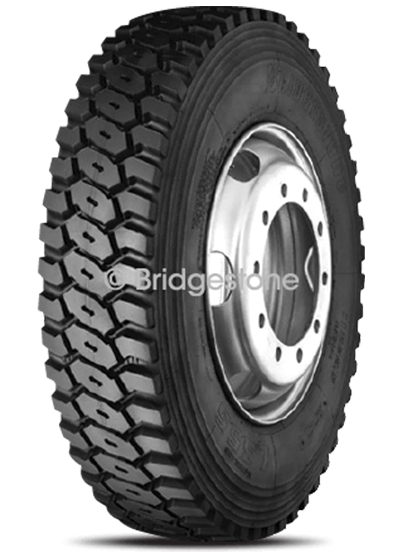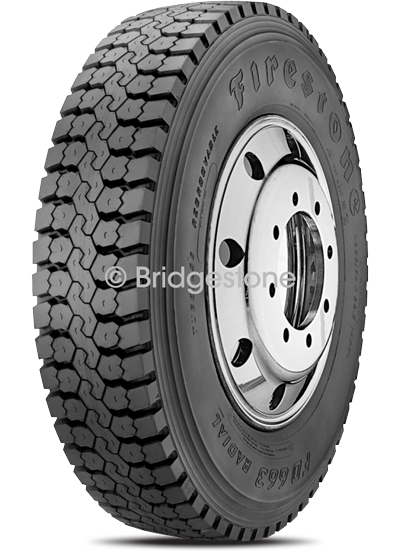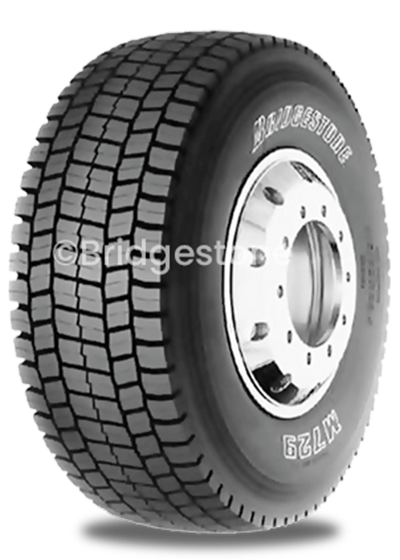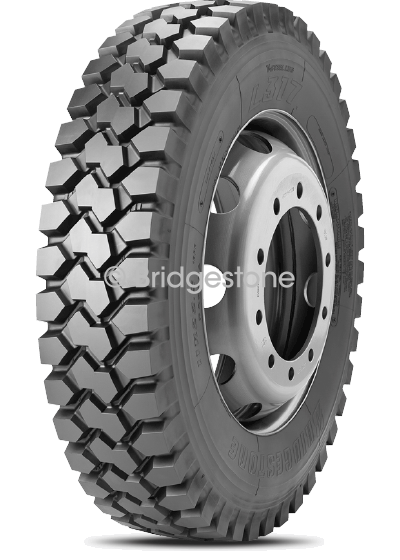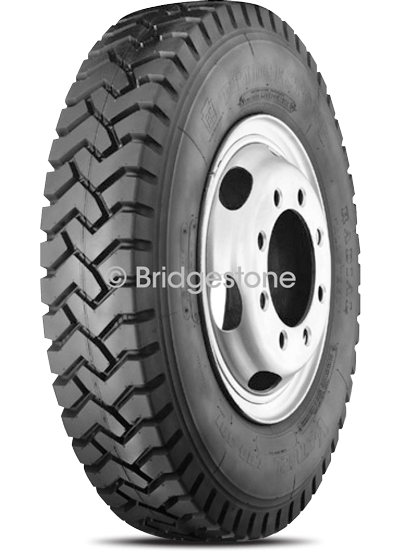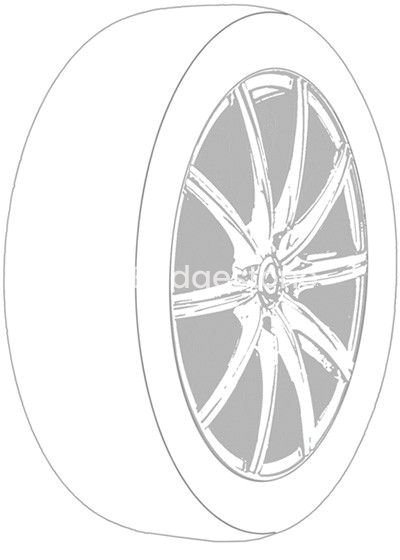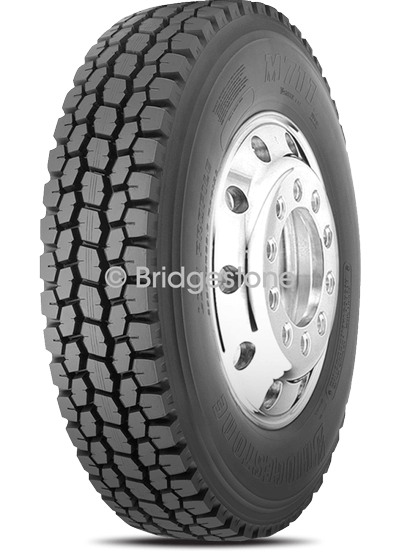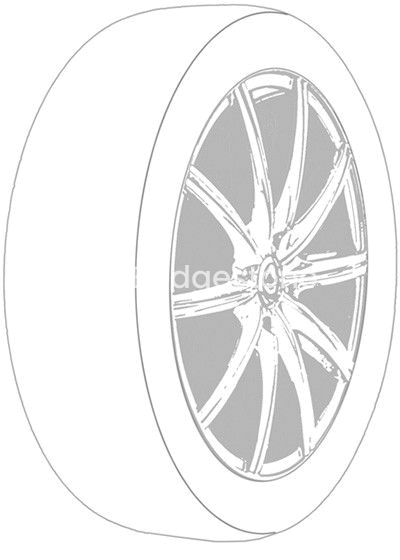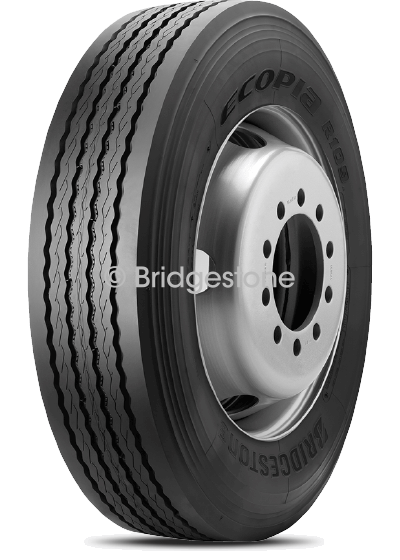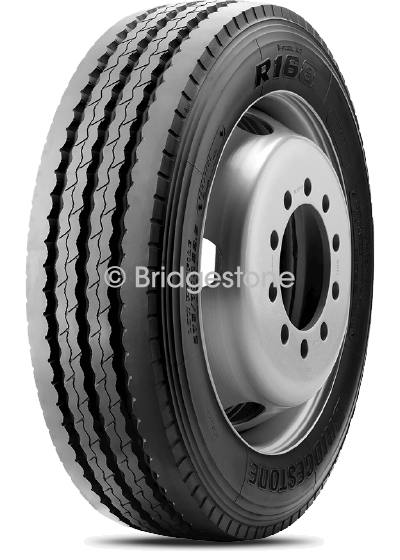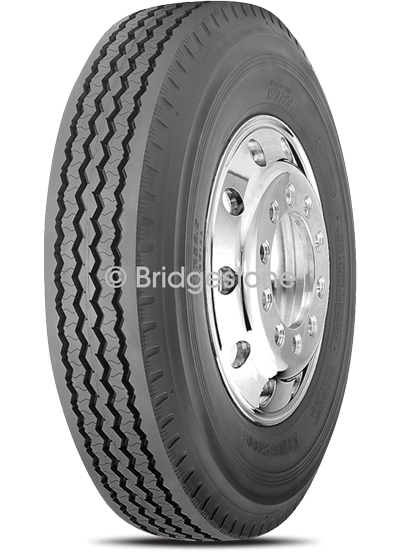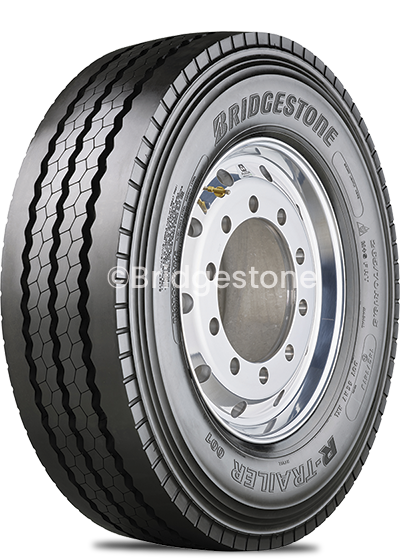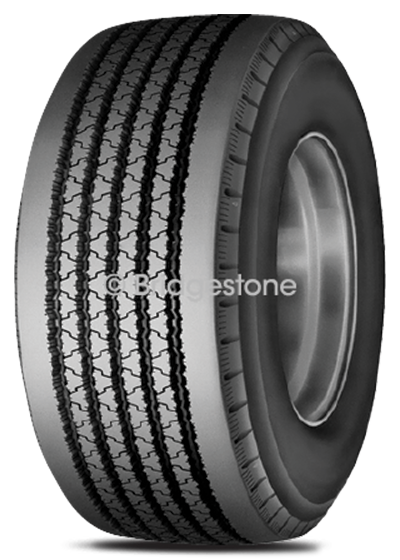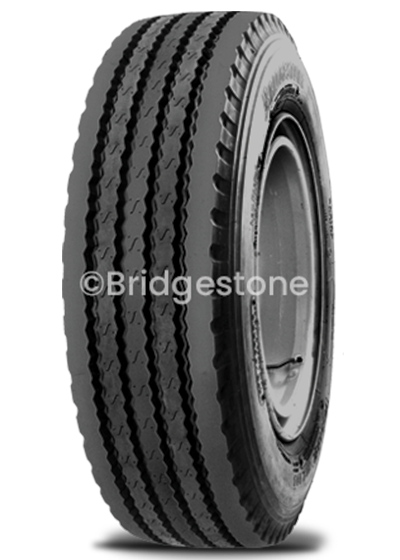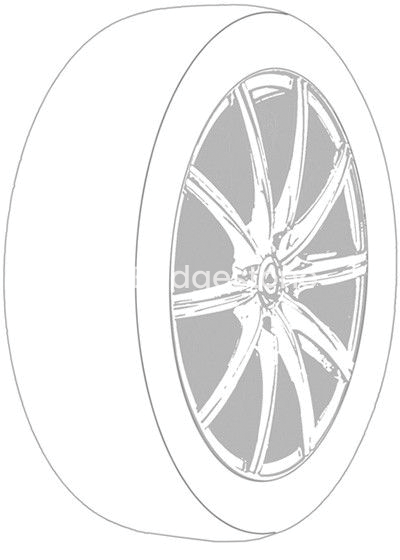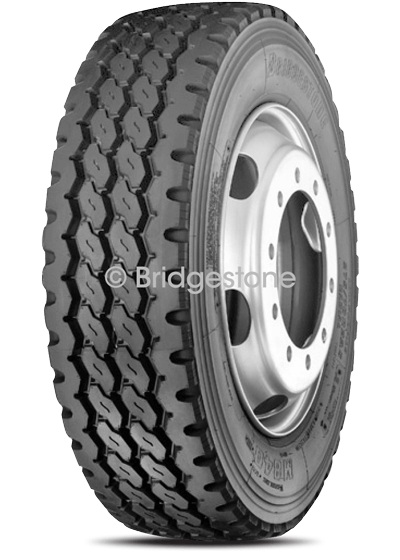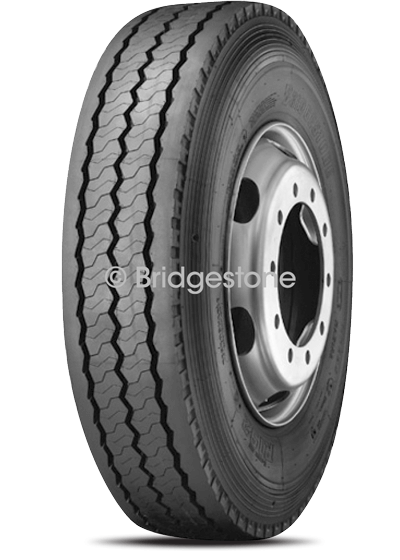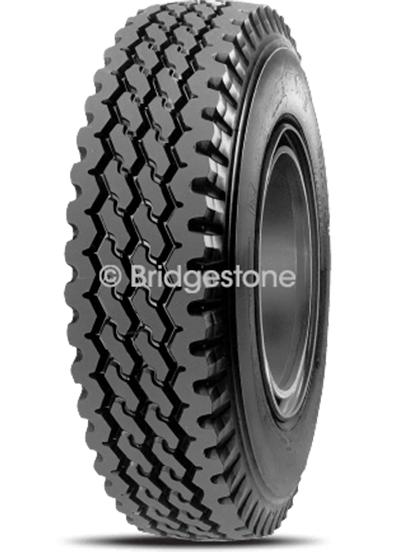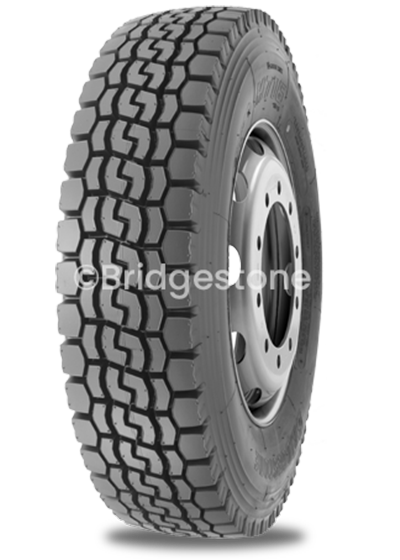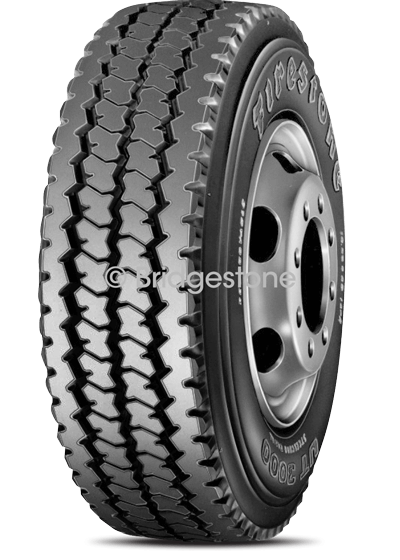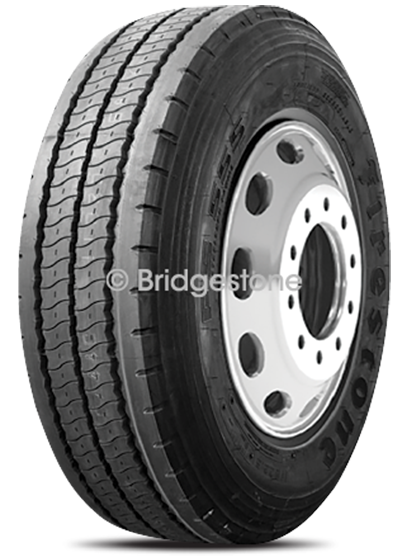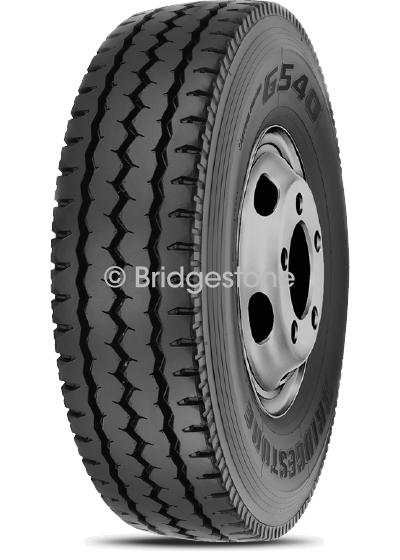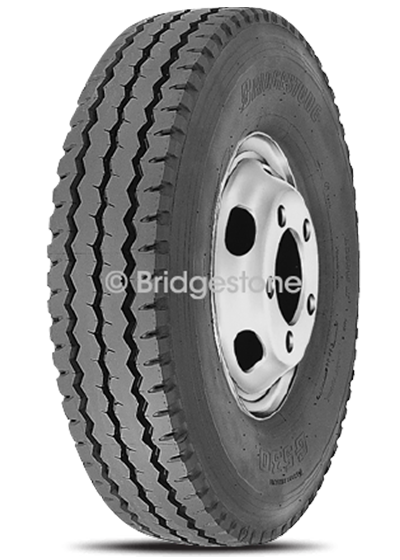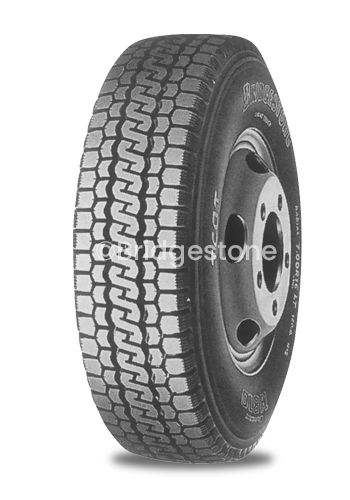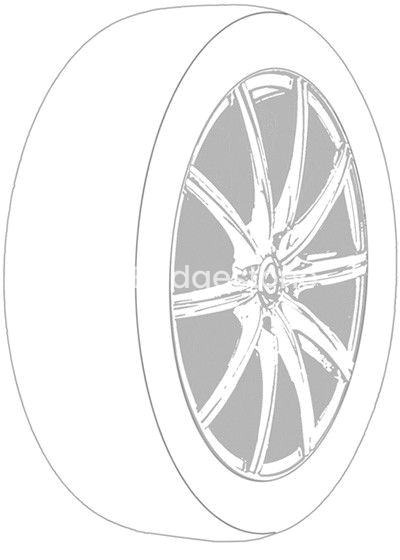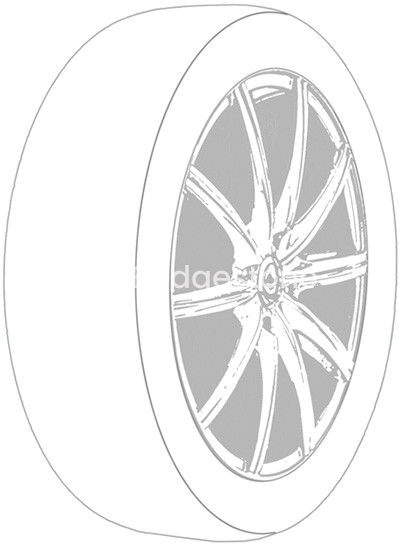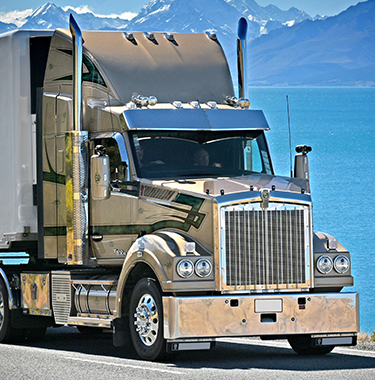
Truck Tyres
-
Overview
-
Steer
-
Drive
-
Trailer
-
All Position
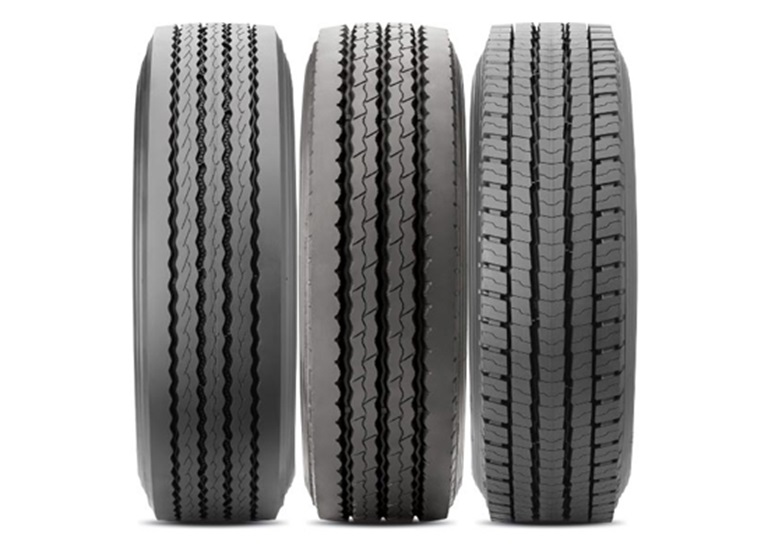
The best tyres for your business
If you’re in the transport business, you want to keep your profits up – without compromising on safety or performance. Our range of truck and bus tyres are designed to deliver quality, while also helping you save on costs. As market leaders, we offer a range of innovative, hi-tech, and cost-effective solutions to help you overcome the challenges you face on the road. From hauling freight on the highway, to moving livestock or heavy loads, to transporting passengers, we have a tyre for every application.
-
Definitions
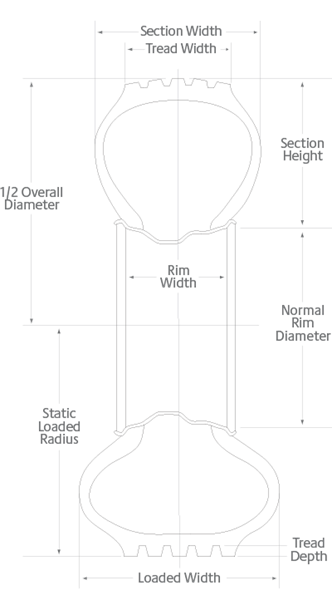 Aspect Ratio
Aspect Ratio
Section Height
--------------------- x 100 %
Section Width
Overall Diameter (OD)Measurement of the distance of an unladen tyre, from a tread surface to the tread surface on the opposite side of the tyre.
Overall Width (OW)Measurement of the cross section of an unladen tyre, including ribs and protrusions. Usually the same as section width on radial tyres.
Section Width
Measurement of the cross section of an unladen tyre across the casing only, not including ribs or protrusions.
Tread Width
Distance across the tread face of an unladen tyre.
Tread Depth
Distance from the tread surface to the major groove base at a designated measuring point.
Section Height
Distance from the bead seat to the tread surface of an unladen tyre.
Rim Width (RW)
Distance between the rim flanges.
Nominal Rim Diameter
Diameter of the rim from bead seat to bead seat in inches.
Static Loaded Radius
Distance from the centre of the axle to the ground of a loaded tyre, under maximum dual load and inflation pressure.
Loaded Width
The maximum section width of a loaded tyre, under maximum dual load and inflation pressure.
Minimum Dual Spacing
The minimum allowable distance between the wheel centre lines in a dual arrangement.
Revolutions Per Kilometre (RPK)
The number of tyre revolutions in one kilometre, measured at: 100km/h, maximum dual load and inflation pressure.
Note: All dimensions are measured following a 24-hour inflation period. -
Matching Duals
Dual tyre assemblies are commonly used on drive and trailer axles, however, they do require attention if tyre life is to be maximised.
Diameter Variations
Dual assemblies with significantly different diameters will produce suboptimal wear results for both tyres. The tyre with the larger diameter will carry more of the load, causing rapid wear. The tyre with the smaller diameter will be subjected to very high levels of slip, creating rapid and irregular wear.Pressure Differentials
When tyres in a dual assembly are inflated to different pressures they will produce suboptimal wear results for both tyres. The tyre with the higher inflation pressure will have a higher contact pressure with the road and carry more of the load, causing rapid wear. The tyre with the lower inflation pressure will have a lower contact pressure with the road, resulting in rapid and irregular wear.Recommendations
Bridgestone recommends that the same brand, pattern, size, load index and speed symbol be used when matching duals. The following upper matching limits for dual tyres should also be observed:Tyre width Less than 9.00" More than 9.00" Overall diameter difference 6mm 8mm Tread depth difference 3mm 4mm Inflation pressure difference 5% -
Alignment
A vehicle’s wheel alignment can have a dramatic effect on how evenly and quickly the tyres wear. The following diagrams illustrate the most important areas of wheel alignment.

Typical Alignment Settings*
Parameter Typical Range Explanation Steer axle toe (total) 0mm/m to +1.5 mm/m Toe out can cause instability, so is unacceptable. Must be measured to thrust centreline. Steer axle camber L 0° to -0.6°
R +0.6° to +1.5°Slight RH positive camber can help to overcome road camber effect. It must be on the RH side because the LH side carries higher load and operates on greater road camber. It will suffer inner shoulder wear if negative camber is excessive. Steer axle caster L +3° to +4.5°
R 0.5° to 0.75° less than leftSlightly more caster on the left induces a slight RH turn, helping to overcome road camber effect. Front drive axle square Square to vehicle centreline ± 2 mm/m Out-of-parallel produces a turning moment which must be countered by the steer axle. Rear drive axle square 0 mm/m to 4mm/m left In some conditions, slight drive thrust to the left induces a turning moment to the right, overcoming road camber. Trailer axles All square and parallel to pin centreline ± 2 mm/m Trailer axles perform best when tracking parallel to the centreline of the road. * All vehicles and operations are different, thus no one alignment setting can cover the range entirely. Typical alignment settings for prime movers operating in line haul applications have been provided. Please consult an alignment professional for settings for specific operations
-
Inflation
Load and Inflation Pressure
It is the air inside your tyre that carries your vehicle’s load. As a result, lowering the inflation pressure is equivalent to increasing the load on the tyre.
The maximum cold inflation pressure allowed in New Zealand is 900kPa (130psi), which we have accounted for.Recommended Pressure
The correct inflation pressure will depend on tyre size, service description, actual load, actual speed, fitment, and operating conditions. In addition, tyres in a dual configuration will be able to carry less load per tyre because of unqeual loading conditions, and thus must be inflated differently. Incorrect inflation pressure can result in irregular wear, reduce wear life, damage, or even tyre failure.Inflation pressures should be checked on cold tyres at least every month, using a reliable pressure gauge. Always use a sealing type valve cap and don’t rely on the valve core seal, as it is only secondary.
-
Rotation
 Why Rotate
Why Rotate
Tyre rotation is a practical means of reducing operating costs by helping to overcome irregular wear patterns, and minimising the effects of different wear rates. Rotation can ensure that a tyre’s tread is fully utilised—reducing the cost per kilometre.
Avoid Steer Tyre VibrationIn some cases the driver’s side steer tyre on a prime mover can wear one half of the circumference of the tyre more than the other half. This creates a light point, which unbalances the tyre and causes vibration. By rotating steer tyres regularly, this effect is minimised and steer tyre vibration is usually prevented.
MethodTyres should be rotated to the positions shown in the diagrams. Note that dual pairs should be rotated in the same pairing, ie. outside tyre remains on the outside, but in the new position.
Typical Frequency of Rotation
Steer Tyres: 25,000km
Drive Tyres: 50,000km
Otherwise, rotate as often as required to minimise irregular wear or vibration.
 Single axles with dual tyres should be rotated as shown
Single axles with dual tyres should be rotated as shown
If the application allows, steer tyres can be rotated onto the drive and trailer axles and drive tyres can be rotated onto the trailer axle.
-
Irregular Wear
The table below outlines some common types of irregular wear and some typical causes.
Image tile Appearance Causes 
Shoulder Edge Wear
Even wear in centre but shoulder wearing rapidly.
Note: Often results in little or no loss of removal mileage
Incorrect toe; Drive axle misalignment; Worn suspension; Incorrect camber

River Wear
Circumferential wear along rib edges. Common on free rolling axles.
Note: Often a sign of a tyre achieving good mileage
Light loading; Excessive turning; Worn suspension; Assembly lateral runout
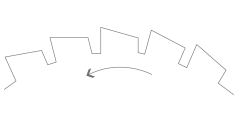
Heel/Toe Wear
Each block worn high to low from front to back.
Mismatched duals; Incorrect inflation pressure; High traction operating conditions; Lack of rotation

Feather Wear
One side of each rib is worn.
Note: Often seen on both steer tyres
Excessive toe; Drive axle misalignment; Bent tie rod or chassis; Worn suspension

Diagonal Wear
Localised flat spots worn diagonally across the tread.
Mismatched duals; Underinflation; Radial runout; Excessive imbalance; Misalignment; Other wear condition; Loose wheel bearings

Rib punch wear
One or more of the inner ribs is worn.
Incorrect inflation pressure; Poor shock absorbers; Worn wheel bearings; High speed empty hauls; Excessive imbalance

Block punch
Alternate blocks worn different amounts.
Mismatched duals; Incorrect inflation pressure; Axle misalignment; Large variation in loads; Worn suspension; Lack of rotation

Island wear
Small ‘islands’ of tread are less worn.
Assembly imbalance; Incorrect inflation pressure; Worn suspension; Mismatched duals; Misalignment
-
Tips
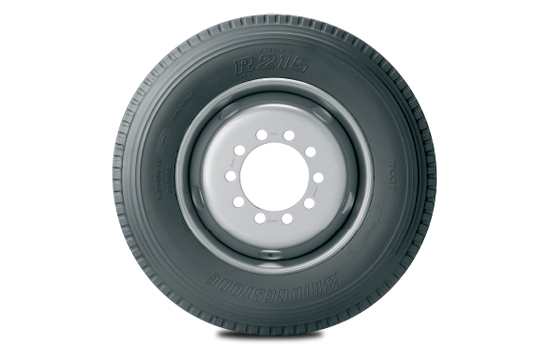 Storage
Storage
Tyres being stored should be kept away from direct sunlight, heat sources, ozone creating generators, motors and welders, moisture, dirt, oils and chemicals in order to prevent the tyre from degrading.
Mounting the Tyre-Wheel AssemblyWheel nuts should be assembled in the sequence recommended by the vehicle manufacturer. Furthermore, wheel nuts must be checked between 50km and 100km of fitment. Torque levels and sequences are recommended by the vehicle manufacturer. Always use a torque bar to tighten wheel nuts.
DamageIgnoring tyre damage is dangerous. Damaged tyres must be assessed and repaired by a qualified Bridgestone mechanic as soon as possible, in order to avoid further deterioration of the tyre structure.
Warranty
Any new tyre or tube manufactured by Bridgestone is guaranteed to be free of material and manufacturing defects. Should any such tyre or tube develop a material or manufacturing defect, Bridgestone will make a pro-rata allowance towards the purchase of a new tube or tyre.
